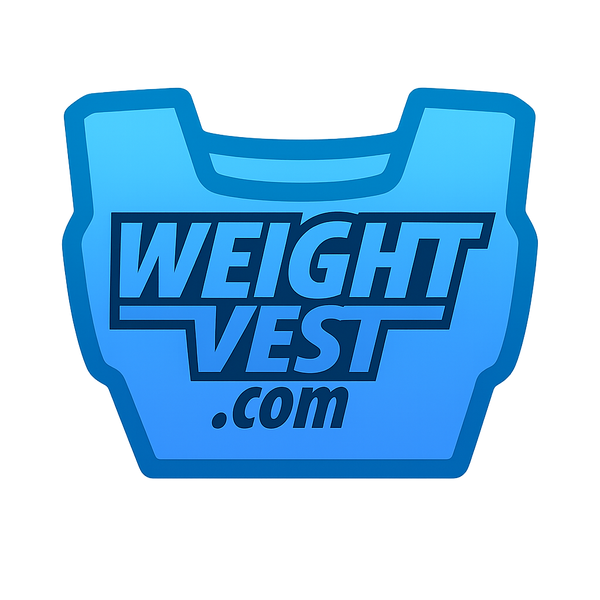Can wearing a weighted vest really help protect your bones after menopause?
A landmark study led by Christine M. Snow, Janet M. Shaw, Kerri M. Winters, and Kara A. Witzke suggests the answer may be yes — especially for women who stick with it long-term.
The Study That Started It All
Researchers from Oregon State University followed a small group of postmenopausal women for five years to test a simple idea:
Could regular, long-term exercise using a weighted vest and jumping movements help prevent bone loss at the hip?
Bone mineral density (BMD) naturally declines after menopause due to lower estrogen levels. The hip is especially vulnerable — and hip fractures are one of the most serious consequences of osteoporosis in women over 50.
What They Did
-
Participants: 18 postmenopausal women (average age ~64)
-
Groups: 9 exercised with weighted vests + jumping; 9 stayed active but without a structured program
-
Schedule: 3 sessions per week, 32 weeks per year, for 5 years
-
Measurements: Hip bone density at the femoral neck, trochanter, and total hip
Each exercise session involved simple, low-impact jumps and movements while wearing a progressively weighted vest — enough to add resistance but not enough to strain joints.
What They Found
After five years, the results were striking:
| Hip Region | Exercisers (Vest + Jumps) | Control Group |
|---|---|---|
| Femoral Neck | +1.5% gain | –4.4% loss |
| Trochanter | –0.2% | –3.4% |
| Total Hip | –0.8% | –3.8% |
In short, the women who exercised maintained or even slightly increased their bone density — while the control group lost nearly 4% of their hip bone mass over the same period.
That’s a meaningful difference for bone strength and long-term health.
Why It Matters
1. Proof That Bones Respond to Load
Just like muscles, bones get stronger when challenged. Adding a weighted vest increases the load on bones, triggering the body’s natural bone-building response.
2. Consistency Pays Off
The most important finding wasn’t just the short-term improvement — it was that the benefits lasted for five years. Consistent, safe, long-term exercise is what makes the difference.
3. A Natural Alternative to Medication
For women who can’t or don’t want to take hormone replacement therapy or bone drugs, a structured weighted-vest exercise plan offers a low-cost, drug-free way to help maintain bone health.
What This Means for Women Over 40
This study shows that weighted vests can be an effective tool for bone health, but only when used correctly and consistently.
If you’re in your 40s, 50s, or beyond, here’s how to apply the findings safely:
-
Start with a light vest — around 4–6% of your body weight.
-
Focus on posture and balance before adding weight.
-
Add gentle jumping or stepping movements as tolerated.
-
Train regularly — 2–3 times per week for best results.
-
Pair with nutrition — adequate protein, calcium, and vitamin D help bones respond to exercise.
Expert Perspective
Orthopedic surgeon and menopause researcher Dr. Vonda Wright often reminds women that “your bones are living tissue — they adapt to the demands you place on them.”
A weighted vest helps apply those demands in a safe, controlled, and functional way — helping women age with power, balance, and confidence.
Takeaway
The Snow et al. study is one of the strongest long-term demonstrations that exercise with a weighted vest can help preserve hip bone density in postmenopausal women.
It’s not a quick fix, but it’s real, natural progress backed by science.
⚖️ Final Thought
You can’t control your age — but you can control how your bones respond to it.
A few minutes, a few days per week, with the right weighted vest could be one of the best investments you ever make in your long-term strength and independence.
If you have pre-existing conditions read this article.

